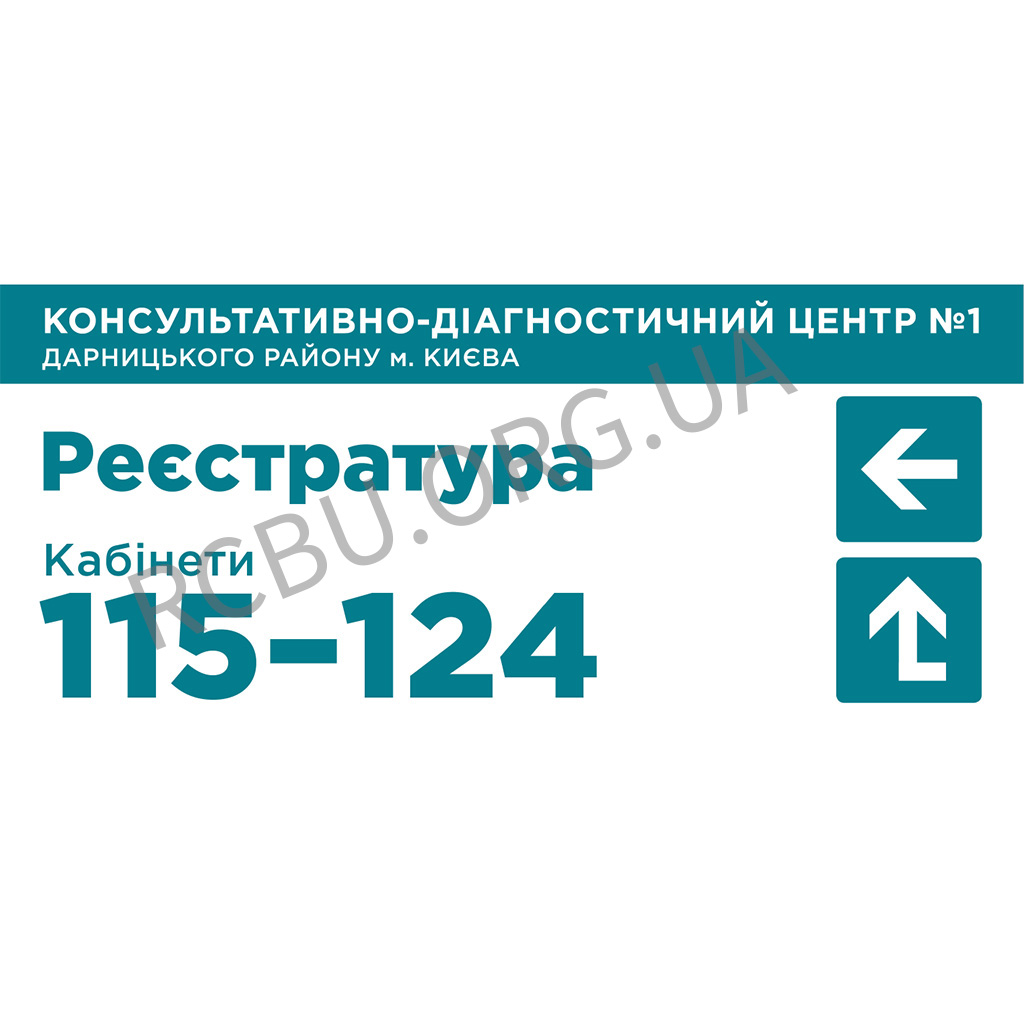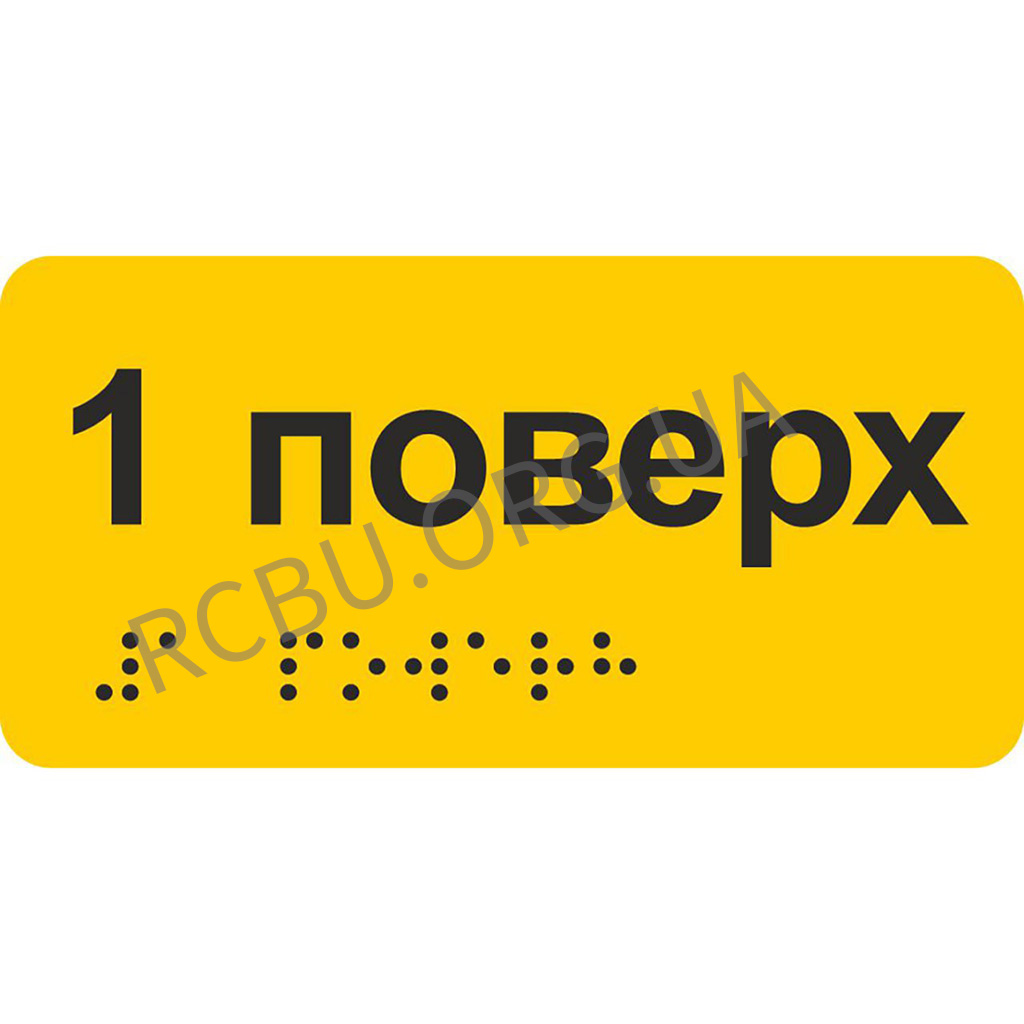
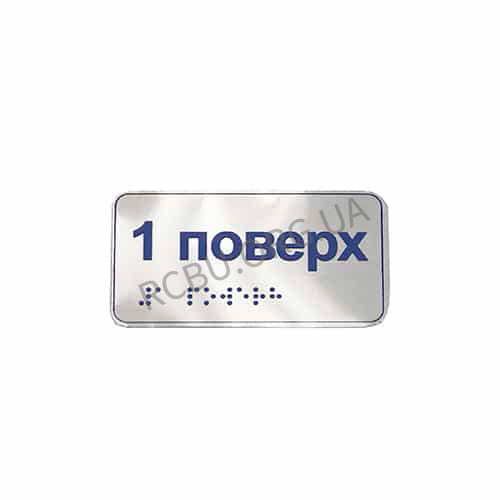
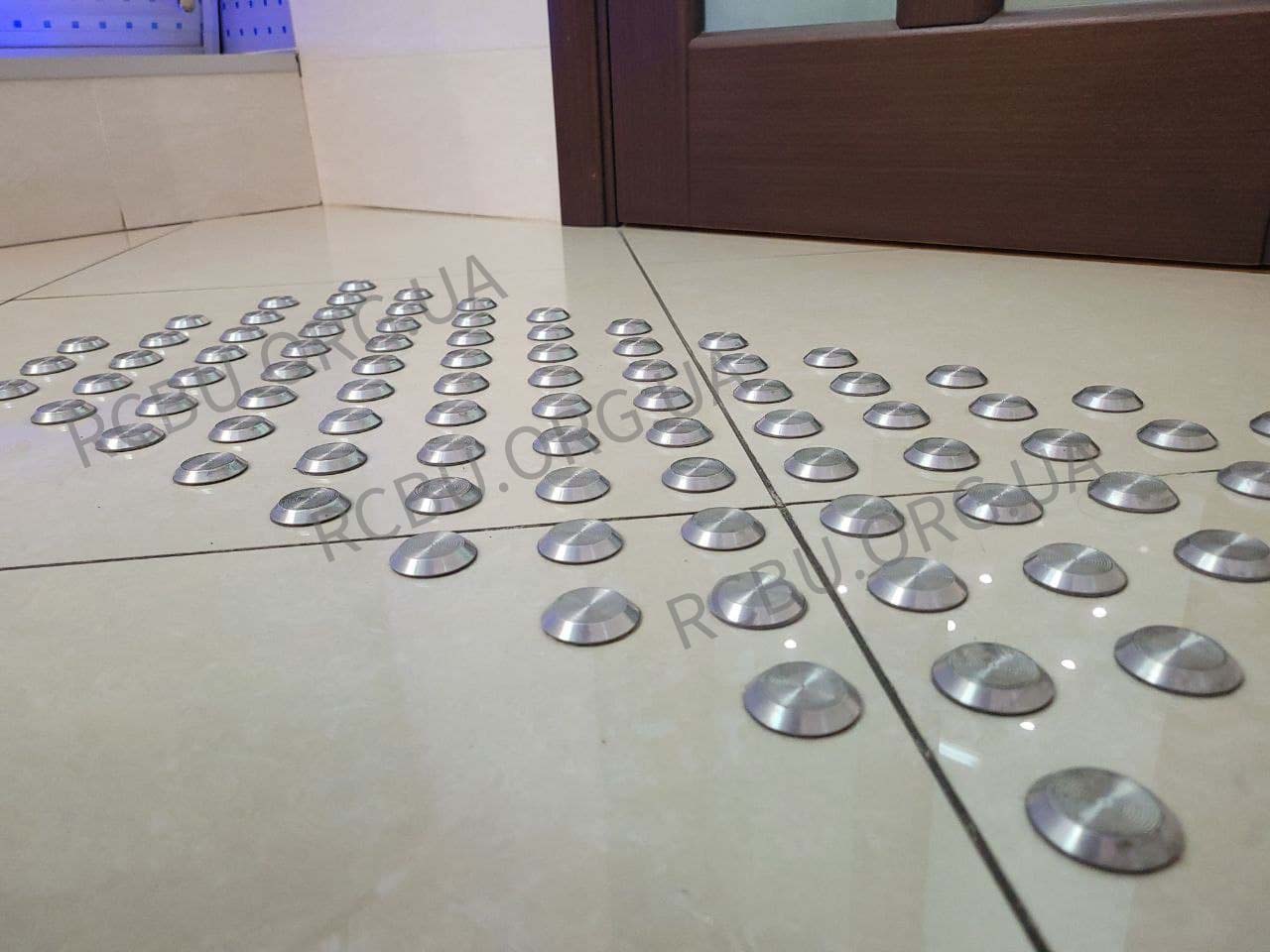
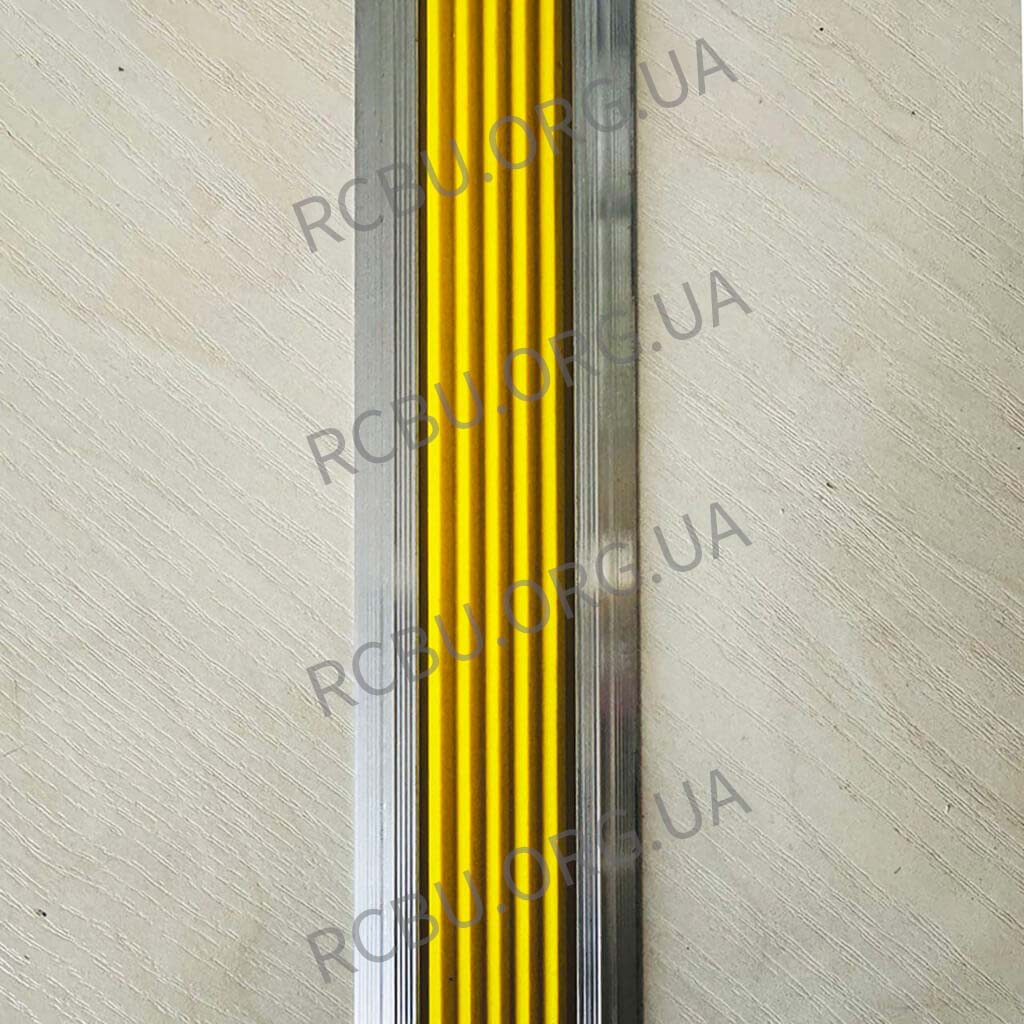
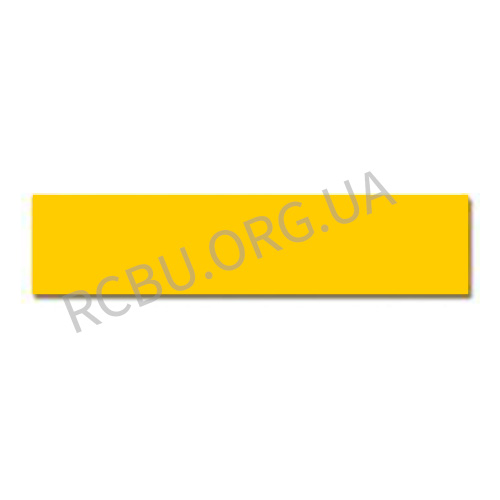
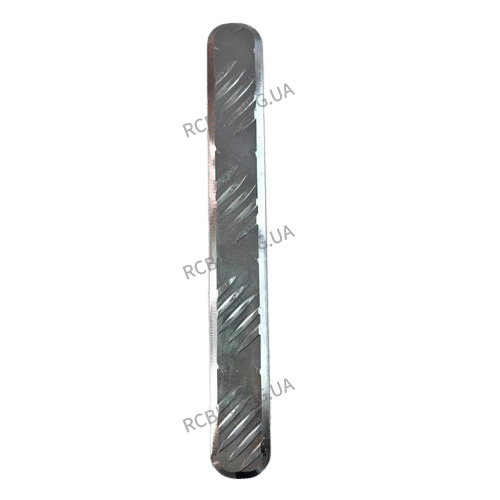
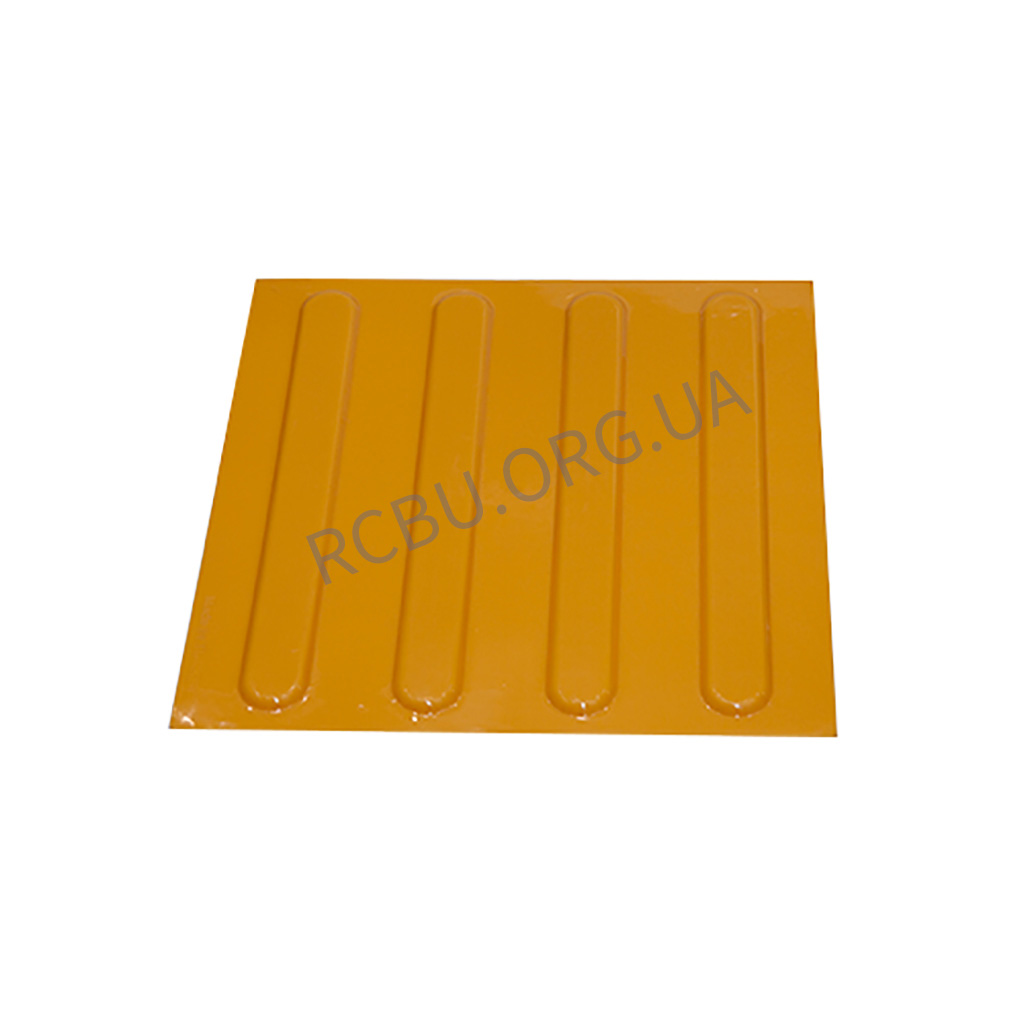
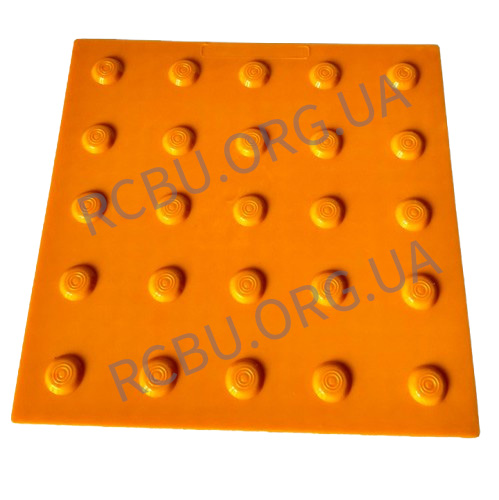
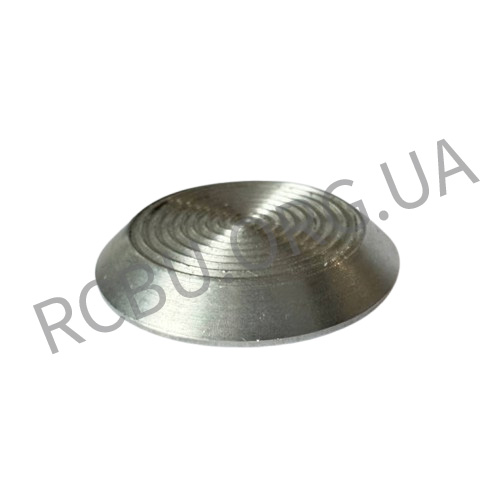
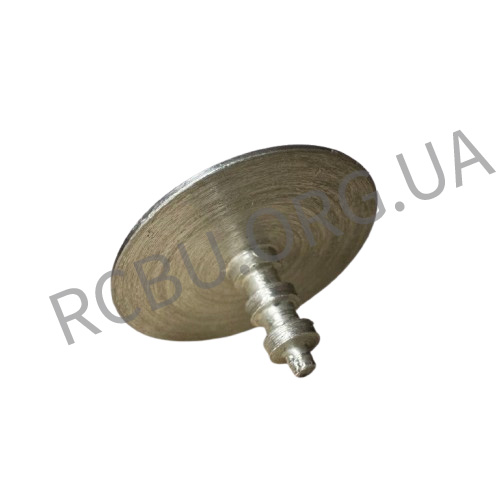
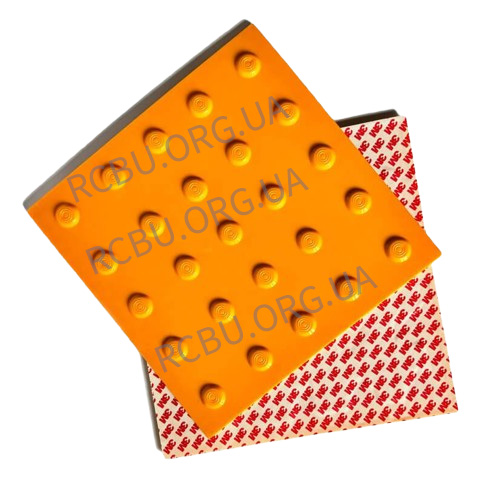
Tactile aids for orientation
Tactile orientation aids include tactile tiles, raised signage, tactile stickers and step covers, and an anti-slip aluminium overlay.
Tactile tiles and relief signs are designed to create an accessible environment for people with visual impairments. They help blind and visually impaired people navigate the environment by showing the direction of movement and warning of obstacles and dangers.
Tactile stickers and step treads also play an important role in creating a safe environment. They are mounted on steps and other objects, providing tactile information about their configuration and location.
Anti-slip aluminium treads are an effective means of preventing accidents on steps and other smooth surfaces. It provides better grip on the surface, reducing the risk of slipping and injury.
These tactile aids help to make the environment more accessible and safe for all users, regardless of their abilities.
Tactile tiles and their purpose
Tactile tiles (special tactile indicators) are a type of coating for organising accessible movement (navigation) for people with visual impairments. Embossed directional signs show a blind person the direction of movement and warn of possible dangers and obstacles.
A properly designed system of directional and warning tactile strips facilitates movement and allows blind and partially sighted people to successfully work, shop, and visit all the institutions and organisations they need independently, without the help of an escort.
We have a wide range of products:
- polymer tactile tiles (polyurethane, polyvinyl chloride). The most economical and easy to install, and can be sold on a self-adhesive basis. It is produced in a variety of colours and shades;
- porcelain tactile tiles. It has high strength and resistance to destruction. It is used in places with a high density of people: shopping centres, bus stations, supermarkets, etc;
- ceramic tactile tiles. Their reefs are strongly pronounced and allow you to navigate not only by tactile sensations, but also due to the acoustic effect;
- concrete tactile tiles. Primitive and simple, not distinguished by colour, it can withstand heavy loads and allows you to create riffs of various shapes.
- granite tactile tiles. Beautiful and durable, it is highly resistant to temperature extremes and destruction. It is produced in a wide range of colours.
Special tactile strips and basic requirements for them
Special tactile strips are tactile surfaces made of special tactile indicators (tactile tiles). The requirements for the manufacture of tactile pedestrian zone indicators in Ukraine are given in DSTU ISO 23599.
The tactile strips must be securely fixed, not move and/or "stick out" in case of contact with shoes or vehicles.
The surface of the tactile strip shall be rough and have increased wear resistance to intense mechanical impact (mechanical action). The service life of the signs should correspond to the service life of the adjacent pavement.
Special guide tactile strips should be installed only at those facilities where there are no clearly visible or understandable standard tactile strips, or if it is necessary to build a route to a specific facility.
Guiding tactile strips should be installed in squares, public spaces, and on the routes to public facilities, transport and transport infrastructure.
It is also advisable to install guide tactile strips in the interiors of public buildings to facilitate orientation and navigation of visually impaired persons and other users in halls, lobbies, and halls.
The location of the guide tactile strip should be as safe as possible for all users. When laying the guide tactile strip parallel to a building or structure, the distance from the tactile strip to this object should be at least 3 m. It is not allowed to install the guide tactile strip in the area of objects whose lower edge is lower than 2.1 m horizontally and protrudes more than 0.1 m vertically (tree branches, mailboxes, payphone shelters, ATMs, information boards, etc.

